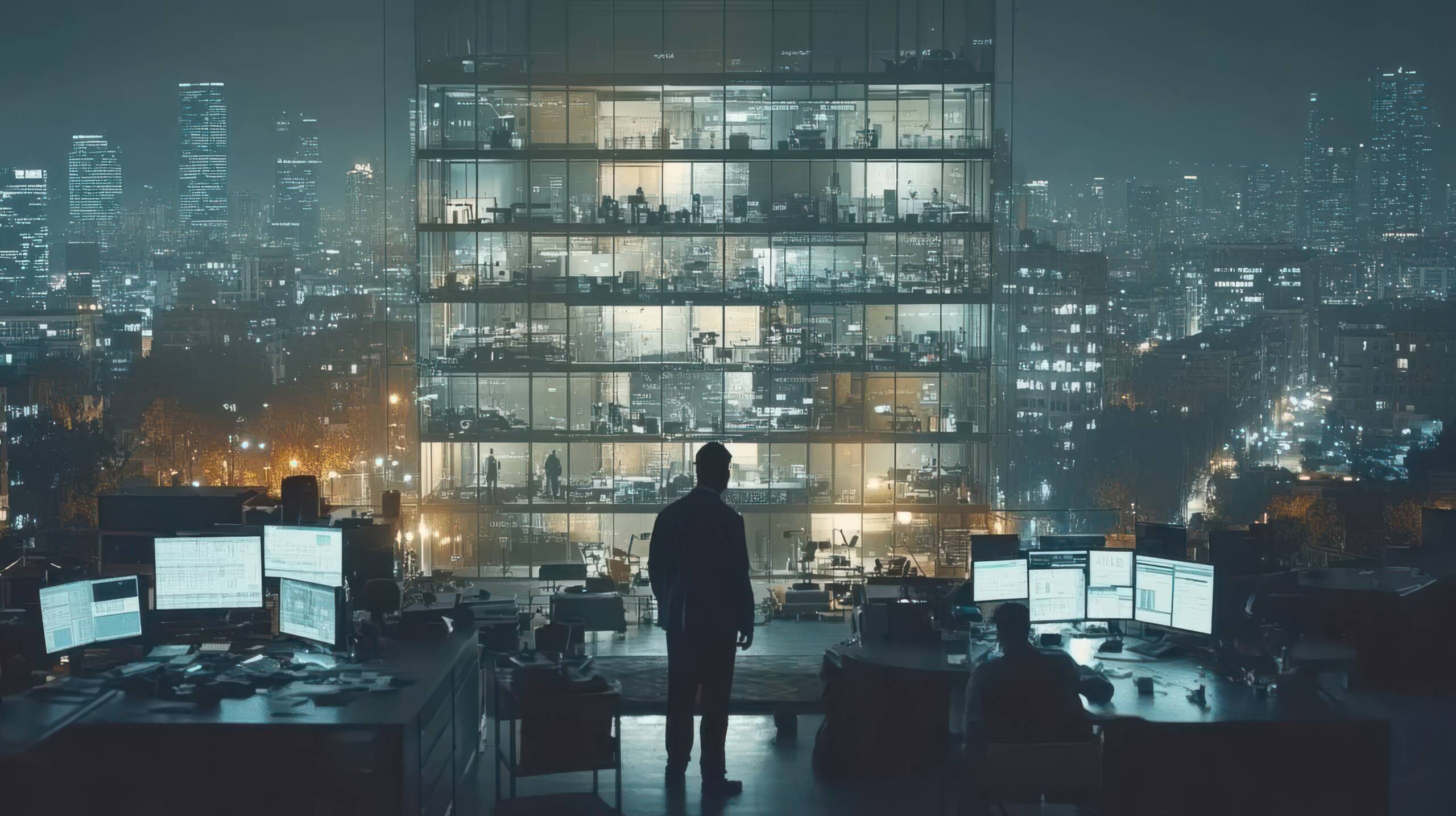As we move into 2025, the world of commercial real estate is changing rapidly, especially for major retail brands. With customer expectations shifting, technology advancing, and sustainability becoming a bigger priority, the way brands approach their retail spaces is transforming. Let’s explore what the future holds for these brands in the commercial real estate sector.
1. Creating Seamless Omnichannel Experiences
By 2025, the way people shop will be even more interconnected. It’s no longer just about going into a store to buy something or shopping online. Retail brands are focusing on creating seamless experiences that blend both worlds. Customers may walk into a store, browse in person, and then complete their purchase on their phones, or they could shop online and pick up in-store.
For brands, this means transforming retail spaces into multi-purpose hubs where customers can engage with products in person, try them out, and then make digital purchases. Real estate developers will need to design flexible spaces that support this integration of the digital and physical shopping worlds.
2. Leasing vs. Owning: A More Flexible Approach
Leasing is still a major strategy for many brands, especially as they navigate high-traffic areas. However, the trend is shifting. Brands will be moving towards shorter-term leases or pop-up shops to stay nimble. This allows them to test new markets without a long-term commitment, responding quickly to customer demands.
On the other hand, owning prime locations remains a strong strategy for larger brands, offering stability and a lasting presence in key markets. In 2025, expect to see a mix of leasing and ownership strategies that allow brands to maintain flexibility while securing long-term assets.
3. Reimagining Retail Spaces as Customer Experiences
Gone are the days when a retail space was just about displaying products on shelves. Today, it’s all about creating a memorable experience. By 2025, retail spaces will be more immersive, using technology like AR and VR, interactive displays, and curated environments to engage customers.
For brands, this means their stores will be less transactional and more experiential. Customers will be able to engage with the brand on a deeper level—whether it’s through personalized service, exclusive products, or unique in-store experiences. These spaces will reflect the brand’s identity, offering an experience that goes beyond just shopping.
4. Sustainability: A Growing Focus for Retail Spaces
Sustainability isn’t just a buzzword; it’s becoming a key part of how brands operate. As consumers demand more eco-conscious products and business practices, brands will feel the pressure to not only offer sustainable products but also operate from sustainable retail spaces. Expect to see more energy-efficient buildings, sustainable materials, and eco-friendly designs in retail real estate.
By 2025, brands will increasingly seek out spaces that align with their sustainability goals, opting for green building certifications and reducing their carbon footprint in every way possible. Commercial real estate developers will need to meet these demands, incorporating energy-efficient technologies and green designs into their properties.
5. The Ongoing Impact of E-Commerce
E-commerce is still reshaping the retail landscape. But rather than pushing physical stores out of the picture, it’s pushing them to evolve. For brands, physical stores are now seen as an extension of their online presence, where customers can touch and feel the products before buying them online.
In the coming years, we’ll see more retail spaces designed with e-commerce integration in mind. For instance, customers might shop online and pick up their purchases in-store, or they may want to use in-store kiosks to browse online catalogs. Retail spaces will become hubs for fast and convenient service, blending the convenience of e-commerce with the personal touch of brick-and-mortar locations.
6. Retail Real Estate: More Than Just Space
Retail real estate isn’t just about finding space to sell products; it’s about finding a location that reflects the brand’s identity. Whether it’s a flagship store in a prestigious location or a trendy pop-up in a bustling neighborhood, retail spaces are now an extension of the brand.
For luxury brands, for example, a store isn’t just a place to make sales; it’s a part of their branding strategy. These spaces communicate exclusivity, offering an experience that reflects the brand’s values. On the other hand, up-and-coming brands might choose to create more experimental spaces that allow them to tell their brand story in creative and engaging ways.
7. Adapting to Urban Growth and New Opportunities
As cities grow and evolve, so does the retail landscape. Major retail brands are increasingly looking at urban areas for expansion, especially as cities invest in revitalizing downtown areas and creating mixed-use communities. These urban spaces provide opportunities for brands to tap into new markets while remaining at the heart of consumer activity.
Retail spaces in urban centers will continue to be in high demand, but brands will also explore opportunities in suburban and emerging markets, looking for areas that offer growth potential. Retail real estate developers will need to adapt to these shifts in urban and suburban development, creating spaces that align with both the needs of brands and the changing preferences of consumers.
Conclusion
Looking ahead to 2025, major retail brands will face new challenges and opportunities in commercial real estate. From reimagining their retail spaces to embracing sustainability and adapting to e-commerce, these brands will need to be agile and innovative. The key to success will be integrating digital and physical experiences, creating meaningful connections with customers, and leveraging retail spaces as a powerful tool for brand expression.
The future of retail real estate is exciting. With the right mix of flexibility, creativity, and sustainability, brands will continue to evolve and thrive in this dynamic environment.

